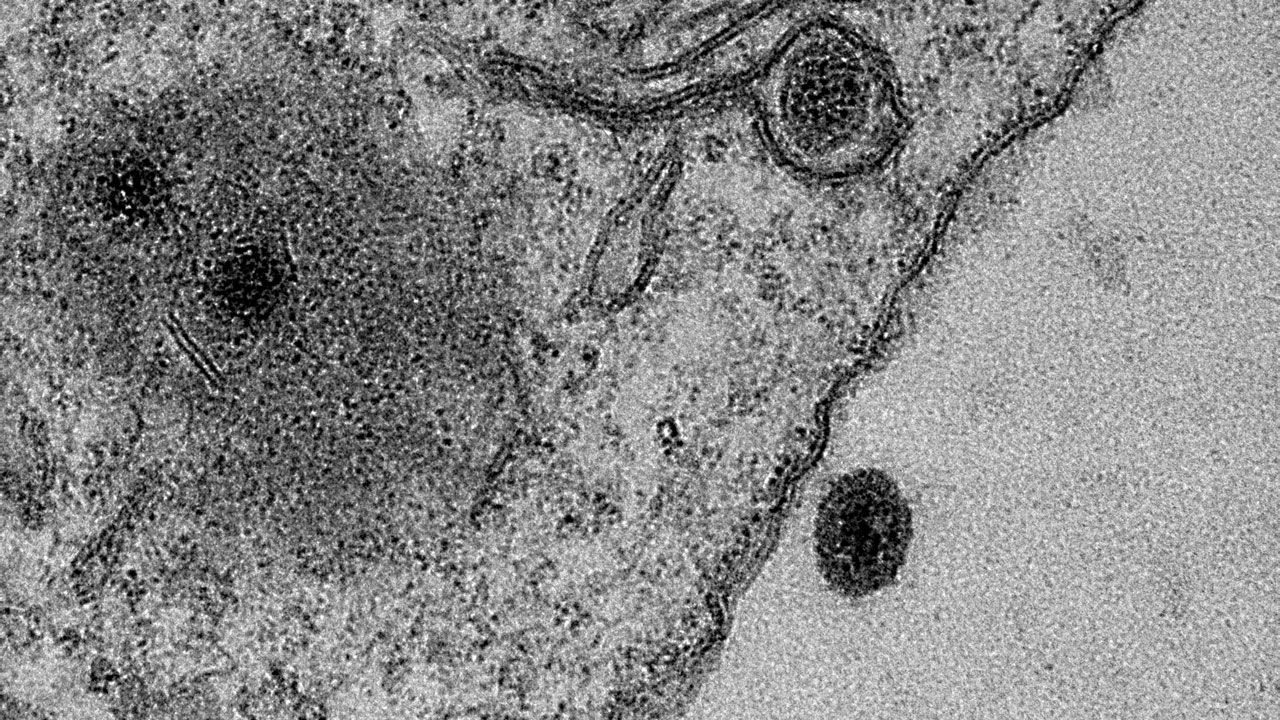
The finds speak to "how much we still need to understand" about viruses, says one of the researchers, Jônatas Abrahão, a virologist at the Federal University of Minas Gerais, Belo Horizonte.
Comment: And yet, Big Pharma is plowing ahead with mass vaccination programs to counter the viruses they 'still do not understand'. What could possibly go wrong??
Abrahão made his discovery while hunting down giant viruses. These microbes — some the size of bacteria — were first discovered in amoebae in 2003. In a local artificial lake, he and his colleagues found not only new giant viruses, but also a virus that — because of its small size — was unlike most that infect in amoebae. They named it Yaravirus. (Yara is the "mother of waters" according to Indigenous Tupi-Guarani mythology.)
Yaravirus's size wasn't the only thing weird about it. When the team sequenced its genome, none of its genes matched any scientists had come across before, the group reports on the bioRxiv preprint server.
Viral novelty doesn't surprise Elodie Ghedin of New York University, who looks for viruses in wastewater and in respiratory systems. More than 95% of the viruses in sewage data have "no matches to reference genomes [in databases]," she says. Like Abrahão, she says, "We seem to be discovering new viruses all the time."
Some of Yaravirus's genes look like those in a giant virus, but it's still unclear how the two are related, Abrahão says. He and his colleagues are still investigating other aspects of the novel virus's lifestyle.
While Abrahão was chasing down viruses one at a time, Christopher Buck and graduate student Michael Tisza, virologists at the National Cancer Institute, were casting a much wider net. They were searching broadly in animal tissues for viruses that keep their genetic material in a circle. The so-called circular viruses include papillomaviruses, one of which, human papillomavirus, can cause cervical cancer, and another virus that's usually harmless to people. But Buck has evidence the latter may be linked to bladder cancer in patients with kidney transplants and in other people.
To find these viruses, the researchers isolated viral particles from dozens of tissue samples from humans and other animals and screened them for circular genomes. The group confirmed that the DNA belonged to viruses by looking for a gene that codes for a virus's shell. These gene sequences are often unrecognizable, but Tisza wrote a computer program that predicted which genes were most likely to code for the distinctive folds of these shells.
In all, the team discovered approximately 2,500 circular viruses, about 600 of which are new to science. It's still unclear what impact, if any, these microbes have on human health, the team reports in eLife. But Buck says the data should allow doctors and scientists to begin to make those connections. The approach "is an important tool to learn the distribution of hundreds or thousands of viral genomes," Abrahão says.
The new studies have implications beyond figuring out which viruses cause disease. Some viruses that live in the human body may help keep us healthy, and others are essential for keeping ecosystems running smoothly by helping to recycle essential nutrients. "We could not survive without [them]," says Curtis Suttle, an environmental virologist at the University of British Columbia, Vancouver, who was not involved with either study. "There are enormous benefits to the discovery and characterization of viruses."



Comment: See also: